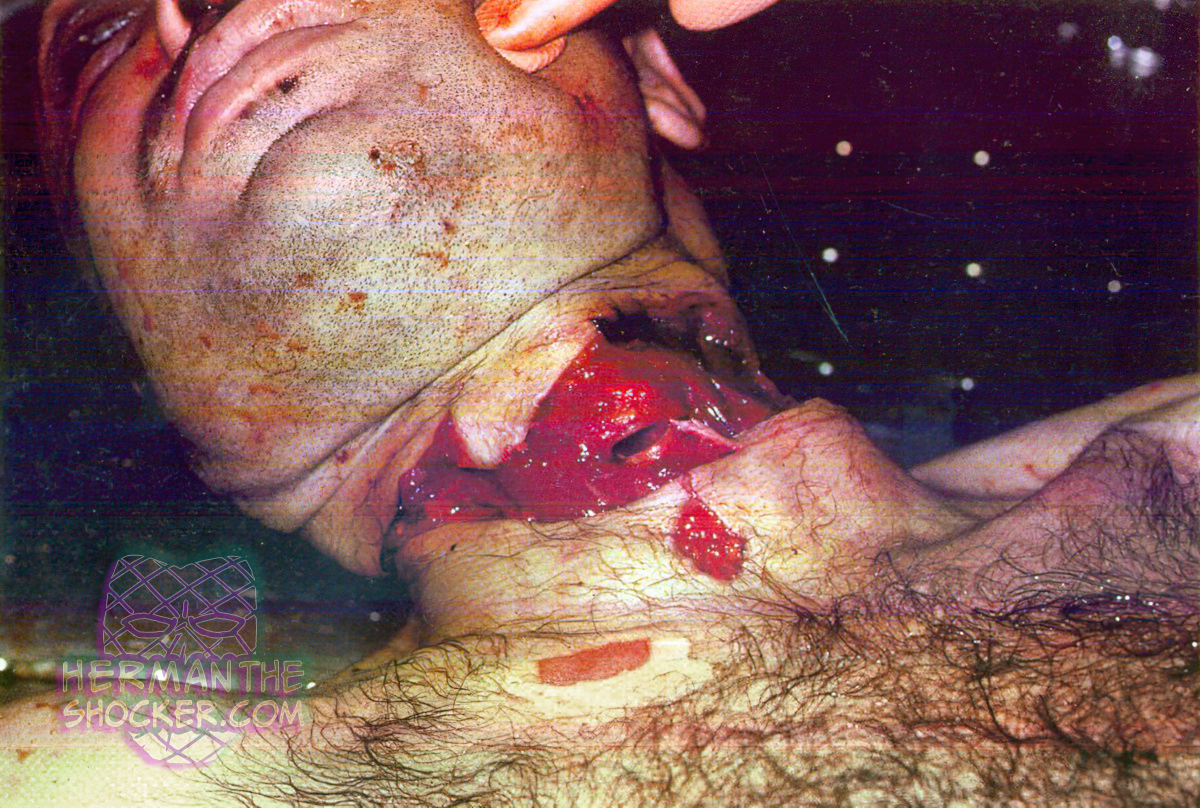Spain. This individual cut his throat in a suicide attempt, the cut penetrated the thoracic cavity. A cut throat suicide is rare and requires careful forensic analysis to differentiate from homicide. Key indicators of suicide include hesitation cuts (shallow, parallel incisions), a downward and lateral cutting direction, and the presence of the weapon nearby. Injuries typically avoid the spine, and lack of defensive wounds supports self-infliction. Spurting arterial blood, especially from the carotid arteries, may be visible at the scene. Autopsy findings include air embolism, asphyxia, and exsanguination. Scene investigation should match the wound pattern, bloodstains, and body position to confirm self-infliction. However, staged homicide must always be ruled out through thorough forensic examination.
Latest posts








